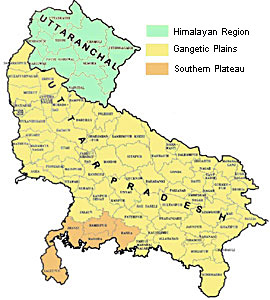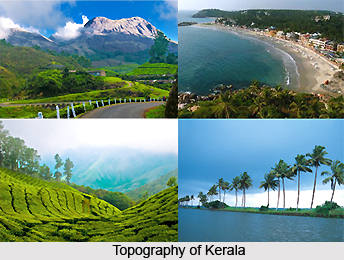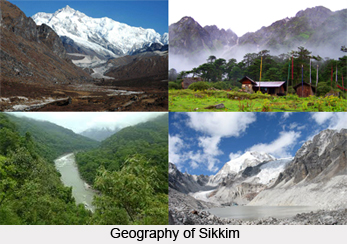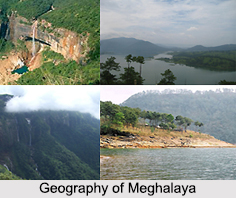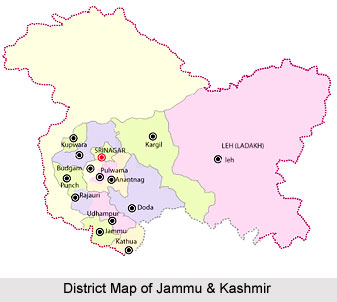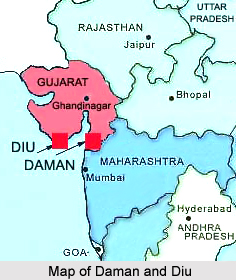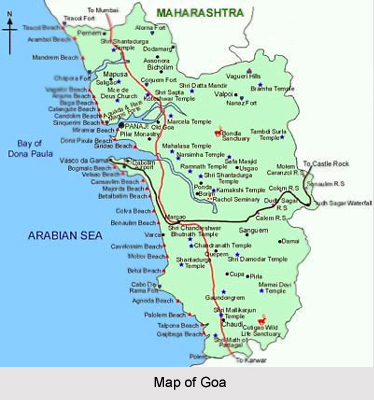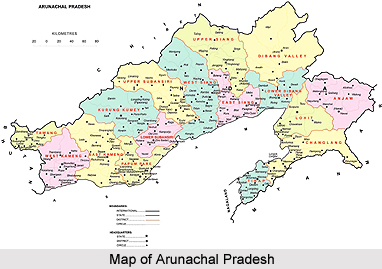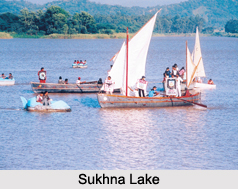 The state of Punjab is located in the northern part of India. This state is beautified by rivers, historical palaces, ancient forts, architectural monuments, gurdwaras, museums, etc. These spots along with places like Patiala, Chandigarh, Sri Anandpur Sahib, etc have made Punjab one of the famous tourist destinations of India. Lakes of Punjab are no exception in this regard. They too have the potential to catch the attention of tourists visiting this state.
The state of Punjab is located in the northern part of India. This state is beautified by rivers, historical palaces, ancient forts, architectural monuments, gurdwaras, museums, etc. These spots along with places like Patiala, Chandigarh, Sri Anandpur Sahib, etc have made Punjab one of the famous tourist destinations of India. Lakes of Punjab are no exception in this regard. They too have the potential to catch the attention of tourists visiting this state.
Sukhna Lake
Sukhna Lake is located in Chandigarh. This rain-fed lake serves as a reservoir at the foothills of the Himalayas. Le Corbusier and a Chief Engineer namely, P L Verma are credited with the establishment of this lake. This lake is spread over an area of about 3 square kilometers. It has an average depth of about 8 feet and maximum depth of about 16 feet. It was built in the year 1958 by damming the Sukhna Choe, a seasonal stream coming down from the Shivalik Hills. This lake is threatened by problems like weed overgrowth and silting. They are considerably reducing the size and depth of Sukhna Lake. More specifically, the volume of the lake has been reduced to 56% of its original.
Harike Lake
Harike Lake is located in Tarntaran, Ferozpur and Kapurthala districts of Punjab. It has the distinction of being one of the largest man-made wetlands of northern India. It was established in 1952 after the construction of a barrage near the confluence of rivers, Sutlej and Beas. This triangular shaped lake is known to provide shelter to world wide endangered species and more than 20,000 thousands ducks during migratory season.
Kanjli Lake
Kanjli Lake is situated in the district of Kapurthala. This freshwater lake occupies an area of about 44 ha. Maximum depth of water in the lake varies from 10 to 25 feet, depending upon the season and water inflow. This lake provides shelter to a plethora of resident and migratory birds. It serves as a home to fish species like Catla Catla, Channa Marulius, Cirrhinus Mrigala, etc. This lake has been chosen for conservation under a perspective plan.
Ropar Lake
Ropar Lake is located in the Shivalik foothills of the Lower Himalayas. It was built in the year 1952. It has surface area of about 1,365 ha, average depth of about 0.5 m, maximum depth of about 6 m and surface elevation of about 275 m. Ropar Lake serves as a man-made freshwater riverine and lacustrine wetland of Punjab. It has been provided with a "tourism complex" called the "Pinccasia". Tourists can indulge here in bird watching and boating.
